The sixth day of Christmas is the Feast of St. Egwin of Worcester who died on this day circa 717 AD. He was the Bishop of Worcester as well as the founder of one of the greatest Benedictine monasteries of the Middle Ages in Evesham, England. He was known as a protector of orphans and widows as well as a fair judge. In addition, the Feast of the Holy Family sometimes falls on this date. Keeping in mind St. Egwin’s role as protector of orphans and widows and his enforcement of Christian principles including marriage, enjoining the celebration of his feast on this sixth day of Christmas with the Feast of the Holy Family is quite fitting.
The first use of the term “Holy Family” in reference to Jesus, Mary, and Joseph is attributed to St. Bernardine of Siena circa 1440 but did not come into common usage until the early part of the 17th century. Prior to this the Holy Family was referred to as the “earthly Trinity”. This was due to the fact that the concept of family as we know it today did not really emerge until the 17th century. Prior to this the word “family” was used interchangeably with the word “household”. Anyone living under the authority of the same head of the house was considered to be “family”. This included relatives as well as servants. In addition, it also pertained to groups including noblemen or even the staff of military officers.
St. Egwin would therefore have had a large “family” as he was in charge of a monastery. As can happen in families, discipline is not always accepted and this was the case with St. Egwin. His ways were seen as overly strict and complaints were filed against him with Rome. St. Egwin then made a journey to Rome shackled in ankle chains as penance for any wrongdoing he may have done. He was found to have done no wrong and returned to the monastery. Correcting improper behavior can often be met with opposition, but it is necessary for the growth and strength of a family.
Traditionally, the family is where one learns values. This is a great day to take time to reflect upon your family culture. Evaluate which activities support your values and which activities could be added to further enrich your family life. Take time to do something today that is special to your family. It is a great day to have a family feast or serve a dish that celebrates your family’s uniqueness. Gather together and have each member share something they enjoy about their family.
On the sixth day of Christmas my true love sent to me…
Until we meet again, may God hold you in the palm of His hand.
~An Old Irish Blessing~
Marian McCoy Boveri
——————
Day 1: Copyright: <a href=’http://www.123rf.com/profile_eireann‘>eireann / 123RF Stock Photo</a>
Day 2: Copyright: <a href=’http://www.123rf.com/profile_eireann‘>eireann / 123RF Stock Photo</a>
Day 3: Copyright: <a href=’http://www.123rf.com/profile_eireann‘>eireann / 123RF Stock Photo</a>
Day 4: Copyright: <a href=’http://www.123rf.com/profile_eireann‘>eireann / 123RF Stock Photo</a>
Day 5: Copyright: <a href=’http://www.123rf.com/profile_eireann‘>eireann / 123RF Stock Photo</a>
Day 6: Copyright: <a href=’http://www.123rf.com/profile_eireann‘>eireann / 123RF Stock Photo</a>
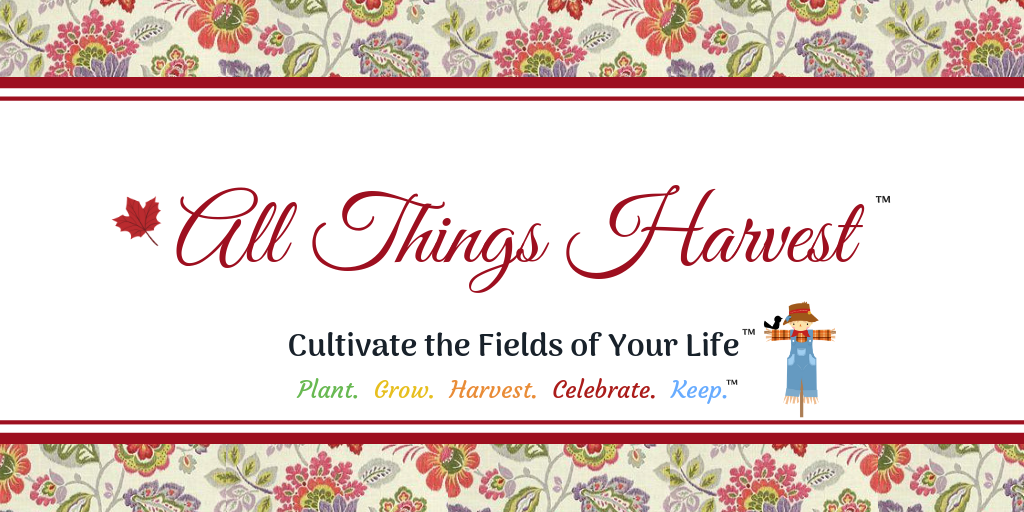








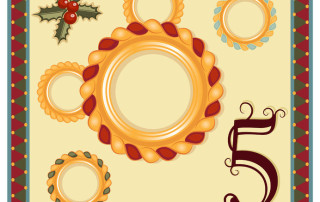
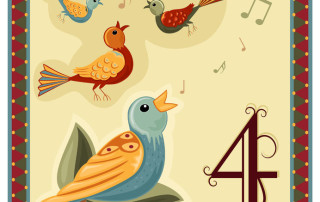
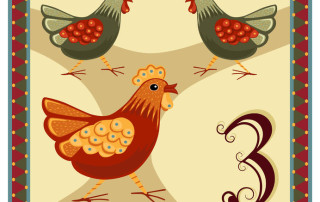
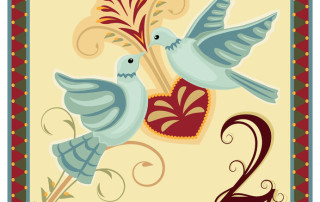
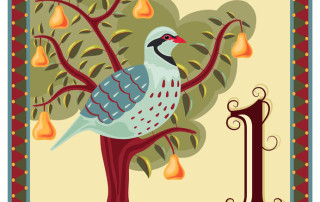





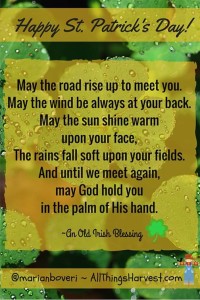
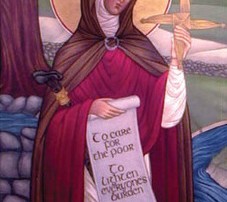
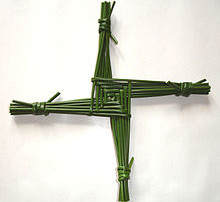

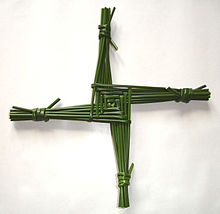
Let’s Connect
Facebook
Twitter
Google +1
LinkedIn